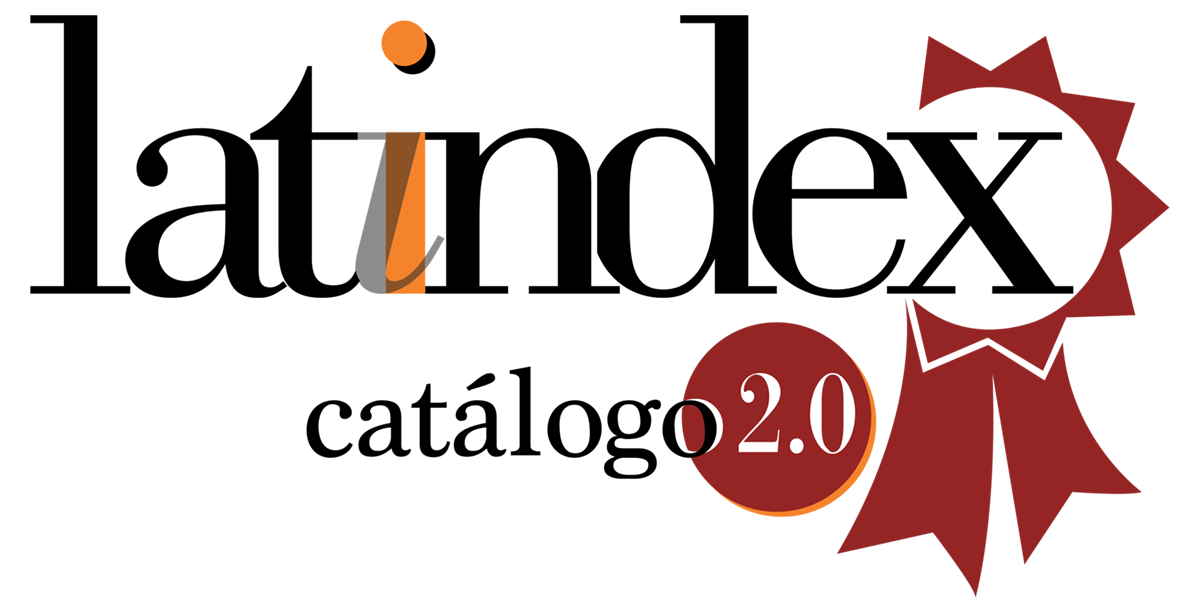PERCEPTION OF OBSTETRICS AND CHILDCARE STUDENTS ON THE VIRTUAL TEACHING-LEARNING PROCESS DURING THE COVID-19 PANDEMIC
DOI:
https://doi.org/10.22370/revmat.1.2025.5049Keywords:
Students, teaching-learning, virtual, COVID-19Abstract
Introduction: The COVID-19 pandemic forced universities to adopt virtual learning to ensure the continuity of the teaching-learning process. The School of Obstetrics and Midwifery implemented and adapted various digital tools to ensure curricular progress.
Objective: To describe the perception of students from the School of Obstetrics and Midwifery, Reñaca campus, University of Valparaíso, regarding the virtual teaching-learning process during the COVID-19 pandemic, academic year 2020.
Material and Method: A qualitative, phenomenological, and descriptive study. Virtual semi-structured interviews were conducted with four students, following the signing of informed consent. The information was analyzed using predefined categories and validated by the informants themselves and the theoretical framework.
Results: Participants indicated that learning outcomes were not fully achieved due to low motivation, a lack of preparation for active autonomy, and the theoretical-practical nature of the program, which requires in-person attendance. A high academic overload was perceived, although virtual learning allowed the continuity of the educational process.
Conclusions: This first approach to virtual teaching-learning was valued as an ambivalent experience. Students identified both virtues and shortcomings of the process. This study provides relevant insights to guide improvements in the implementation of virtual modalities, highlighting the need for further research to strengthen the teaching-learning process in virtual contexts.
Downloads
References
Aguilar, G. F. (2020). Del aprendizaje en escenarios presenciales al aprendizaje virtual en tiempos de pandemia. Estudios Pedagógicos (Valdivia), 46(3), 213–223. https://doi.org/10.4067/S0718-07052020000300213
Aguilar, R. M. (2020). Una mirada a las competencias y funciones del profesor universitario. UOC.
Benavides, R., Villacís, M., & Ramos, J. J. (2017). El entorno virtual de aprendizaje (EVA) en la generación de conocimiento de estudiantes universitarios. CienciAmérica, 6(1), 46–52. http://cienciamerica.uti.edu.ec/openjournal/index.php/uti/article/view/73/59
Brotons, P., Virumbrales, M., Elorduy, M., Mezquita, P., & Graell, M. (2020). ¿Aprender Medicina a distancia?: percepción de estudiantes confinados por la pandemia COVID-19. Revista Médica de Chile, 148, 1461–1466.
CEPAL. (2022). Los impactos sociodemográficos de la pandemia de COVID-19 en América Latina y el Caribe. https://repositorio.cepal.org/server/api/core/bitstreams/ee93d909-bcfa-4799-b04b-ff322e8b2ea7/content
Denzin, N., & Lincoln, Y. (2017). El arte y la práctica de la interpretación, la evaluación y la presentación: Manual de investigación cualitativa (Vol. 5). Gedisa.
Fernández, I. (2020). Las TICs en el ámbito educativo. Educrea. https://educrea.cl/las-tics-en-el-ambito-educativo/
Hernández, R., Fernández, C., & Baptista, P. (2014). Metodología de la investigación (6.ª ed.). McGraw-Hill.
Hodges, C., Moore, S., Lockee, B., Trust, T., & Bond, A. (2020). The difference between emergency remote teaching and online learning. EDUCAUSE Review. https://er.educause.edu/articles/2020/3/the-difference-between-emergency-remote-teaching-and-online-learning
MINEDUC. (2020). Plan de acción MINEDUC para instituciones de educación superior. https://educacionsuperior.mineduc.cl/2020/03/18/3504/
Moreira, C., & Delgadillo, B. (2015). Virtuality in the educational process: Theoretical reflections on its implementation. Revista Tecnología en Marcha, 28(1), 121. https://doi.org/10.18845/tm.v28i1.2196
NVivo. (s.f.). [Software para investigación cualitativa]. QSR International. http://www.qsrinternational.com/nvivo-spanish
Ramírez, I., Jaliri, C., Méndez, B., & Orlandini, I. (2020). Percepciones universitarias sobre la educación virtual. Acta Académica, 3, 1–6. https://www.aacademica.org/ivonne.fabiana.ramirez.martnez/11
Riveros, H. J. (2020). El reto de educar en tiempos de la digitalización de la vida: Hacia una pedagogía de las relaciones entre cuerpo, texto y tecnología. Boletín Redipe, 9(4), 90–113. https://revista.redipe.org/index.php/1/article/view/951
UNESCO. (2020). La educación en tiempos de la pandemia de COVID-19. https://www.iesalc.unesco.org/2020/08/25/informe-cepal-y-unesco-la-educacion-en-tiempos-de-la-pandemia-de-covid-19/
Universidad de Valparaíso. (s.f.). [Información sobre la Escuela de Obstetricia y Puericultura de la Universidad de Valparaíso, Chile]. https://obstetricia.uv.cl/inicio/
Universidad de Valparaíso. (2021). Estudiantes de salud aprenden y practican en escenarios clínicos virtuales. Portal de Noticias Universidad de Valparaíso. https://www.uv.cl/pdn/?id=12477
Veloz, M. G., Almanza, E., Uribe, J., Díaz, L., Quintana, V., & Alanís, P. (2012). Uso de tecnologías en información y comunicación por médicos residentes de ginecología y obstetricia. Educación Médica, 1(3), 183–189. http://www.scielo.org.mx/pdf/iem/v1n4/v1n4a5.pdf
Viñals, A., & Cuenca, J. (2016). El rol del docente en la era digital. Revista Interuniversitaria de Formación del Profesorado, 30(2), 103–114. https://www.redalyc.org/articulo.oa?id=27447325008
Yong, E., García, N., Mejía, C., Malaver, C., & Elizabeth, C. (2017). Evolución de la educación superior a distancia: Desafíos y oportunidades para su gestión. Revista Virtual Universidad Católica del Norte, 50, 81–105. https://www.redalyc.org/articulo.oa?id=194250865006
Yong, E., & Bedoya, D. (2016). De la educación tradicional a la educación mediada por TIC: Los procesos de enseñanza-aprendizaje en el siglo XXI. En XVII Encuentro Internacional Virtual Educa, C, 1–16. http://acceso.virtualeduca.red/documentos/ponencias//puerto-rico/1061-184b.pdf
Zoom Video Communications, Inc. (s.f.). Zoom [Plataforma de videoconferencias]. https://zoom.us/
Published
How to Cite
License
Copyright (c) 2025 Contemporary Midwifery Journal

This work is licensed under a Creative Commons Attribution-NonCommercial-ShareAlike 4.0 International License.
__


.png) Indicaciones para Autores
Indicaciones para Autores









